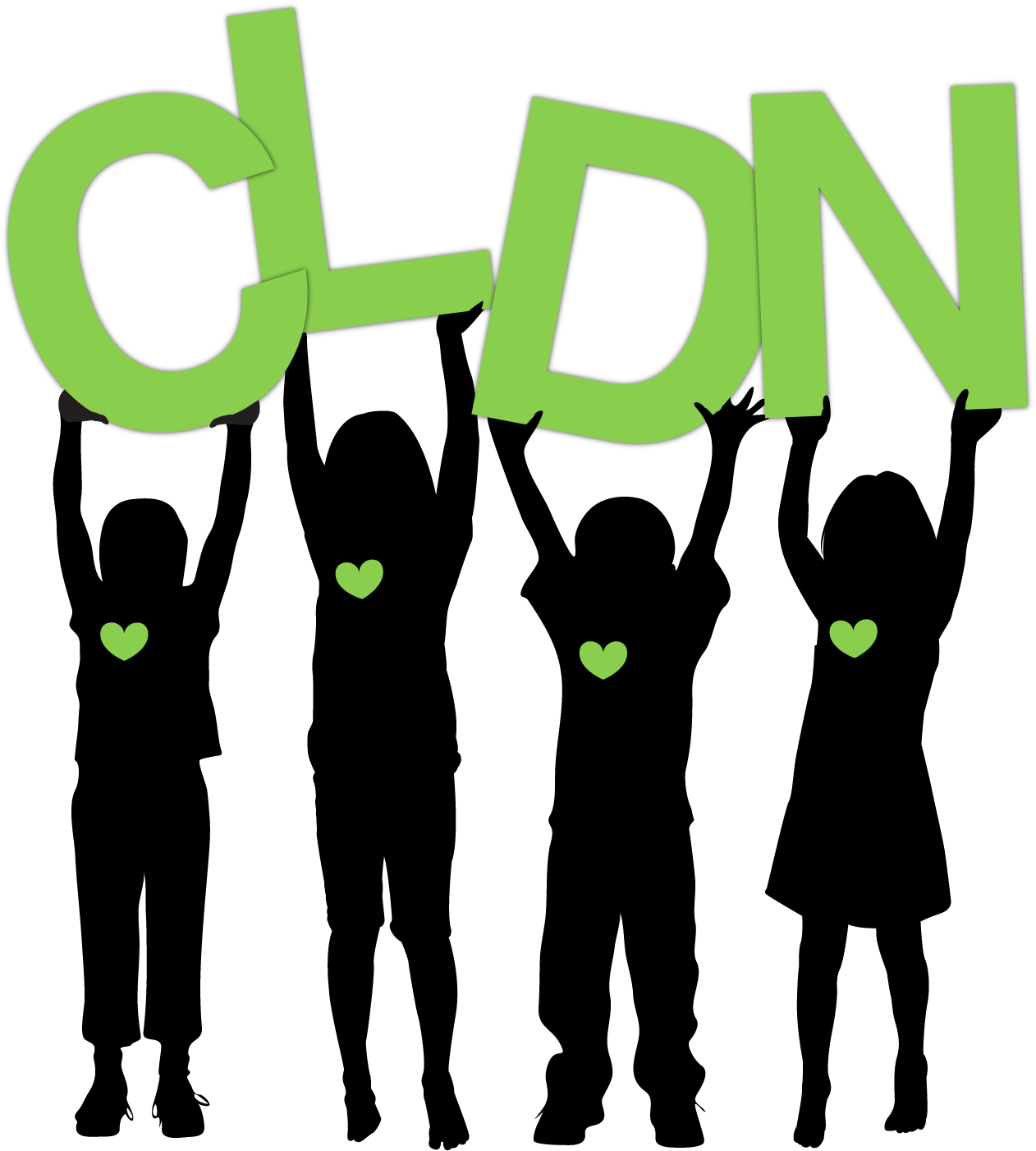-
-
-
PANDAS: an overview
by Moleculera LabsThis educational video, produced by Moleculera Labs, provides insight into two perplexing neurological conditions ─ Pediatric Autoimmune Neuropsychiatric Disorder Associated with Streptococcal infection (PANDAS), and Pediatric Acute-onset Neuropsychiatric Syndrome (PANS).
A growing number of children and adolescents are believed to unknowingly suffer from PANDAS or PANS, treatable neuropsychiatric conditions that are characterized by a sudden onset of obsessive-compulsive behaviors (OCD), motor and/or vocal tics, anorexia and other neuropsychiatric presentations. Moleculera Labs is offering the first and only test that can assist physicians in diagnosing these conditions. Go To Moleculera Labs Website to learn more.
-
-
-
PANS effects children & adolescents
causing debilitating symptoms.Lyme disease has been identified as one of the many infections capable of triggering a condition termed, pediatric acute-onset neuropsychiatric syndrome (PANS). The disorder, which effects children and adolescents, can cause debilitating symptoms, including OCD, eating disorders, anxiety, mood swings, and attention deficit disorder. PANS and Lyme disease also share similarities. Differentiating the two medical conditions can be challenging, as symptoms of PANS and Lyme disease can overlap. Getting a correct diagnosis is important since treatments for each may be different and treatment delays can make symptoms worse.
-
-
-
-
-
-
-
PANS can be characterized by an
abrupt onset of OCD behaviors.The PANS classification was introduced in 2012 by a team of researchers and medical experts from the National Institute of Mental Health (NIMH). PANS is caused when an infectious agent (or multiple agents) triggers your child’s immune system to malfunction. The body produces antibodies to fight the infection. But with PANS patients, those antibodies are ‘misguided’ and instead of attacking the infectious agent, they attack the healthy cells in the basal ganglia section of the brain, causing inflammation and symptoms.
PANS is characterized by an abrupt onset of obsessive-compulsive (OCD) behaviors or severely restricted food intake, along with the concurrent presence of severe and acute neuropsychiatric symptoms from at least two of the following categories: anxiety; emotional lability or depression; irritability, aggression and/or severe oppositional behaviors; behavioral (developmental) regression sudden deterioration in school performance; motor or sensory abnormalities; somatic signs and symptoms (including sleep disturbance, urinary frequency and enuresis).
-
-
-
PANS & PANDAS diagnosed primarily
based on clinical presentations.PANDAS, or pediatric autoimmune neuropsychiatric disorders associated with streptococcal infections was identified in 1998 by Dr. Susan Swedo of the NIMH. Patients with PANDAS are similar to those with PANS but eating restrictions are not part of the diagnostic criteria and the trigger is the Group A streptococcal (GAS) infection. PANDAS is a subset of PANS. PANDAS is characterized by an abrupt onset of obsessive compulsive disorder-type symptoms (OCD) and/or motor tics during or following a strep infection. Diagnostic criteria requires that symptoms appear prior to puberty but the average age of onset is 6 to 7 years old.
PANS and PANDAS are diagnosed primarily based on clinical presentations. However, in 2011, Dr. Madeleine Cunningham introduced the first and only test available that assists physicians in diagnosing PANS/PANDAS. The Cunningham Panel™ was developed after more than a decade of research by Dr. Cunningham and her team at the University of Oklahoma and is available through Moleculera Labs.
Treatment for PANS and PANDAS can vary. For more information on these disorders, visit www.pandasnetwork.org or www.pandasppn.org.
-
-
-








